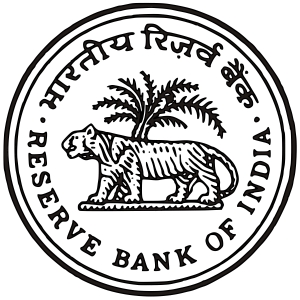Data from the Reserve Bank of India (RBI) cited by The Hindustan Times show that cash use in India has grown steadily since the demonetization drive - the RBI invalidated billions of 500-and 1000 rupee notes - in November 2016 that sought to encourage digital payments while cracking down on illicit financial activity. To be sure, digital payments have grown as well, but not enough to offset the rise in cash use.
The RBI's data show that ₹21.61-lakh crore in notes were circulating as of mid July, up from ₹19.1-lakh crore a year earlier. In contrast, when demonetization began almost three years ago, there were just ₹17.74-lakh crore notes in circulation.
At the same time, ATM withdrawals are rising even as the total number of ATMS nationwide falls. As of April, the number of ATM transactions per day had reached 130, compared to 121 in September 2016, the RBI says.
Analysts say that Indian consumers are generally quite comfortable making cash payments, in particular people living in areas where internet and banking services penetration is low. Cash is also popular because cash transactions tend to be less costly than digital ones. In India, which has a per-capita GDP of just $2000 (139th out of 183 countries, according to the World Bank) consumers remain highly sensitive to even modest transaction fees.
Data compiled by Bloomberg show that India's annual per capita digital transactions have reached 22, compared with 34 in Indonesia and 782 in Singapore. The Indian government aims for 220 by March 2021. That would require exponential growth and is likely a bit ambitious given cash's continued dominance in India.
“Our sense is that over the next few years, cash in circulation will grow in line with GDP growth as India is a predominantly cash economy,” Rustom Irani, Managing Director and CEO of cash business, Hitachi Payment Services, told The Hindustan Times.
Weaning India off of cash will require a more coherent plan than the current "Cashless India." Firstly, India's internet connectivity needs to be improved - access, speed and reliability - if it expects its citizens to rely on digital payment methods instead of cash. Further, financial literacy needs to be boosted considerably, particularly in the Indian countryside.
At the same time, given India's low income levels, citizens will need incentives to switch from cash to digital. Fees should be reduced or waived to the extent possible - perhaps in a coordinated effort between service providers and the government. Cash-back schemes used by some digital payment providers show promise, but they aren't likely to be be sufficient on their own to facilitate widespread adoption of digital payments.
"Incentivizing digital transactions is extremely important because, without psychological and behavioral change, the cashless economy dream might remain a dream," concluded India's Etnownews.com in a July post.

